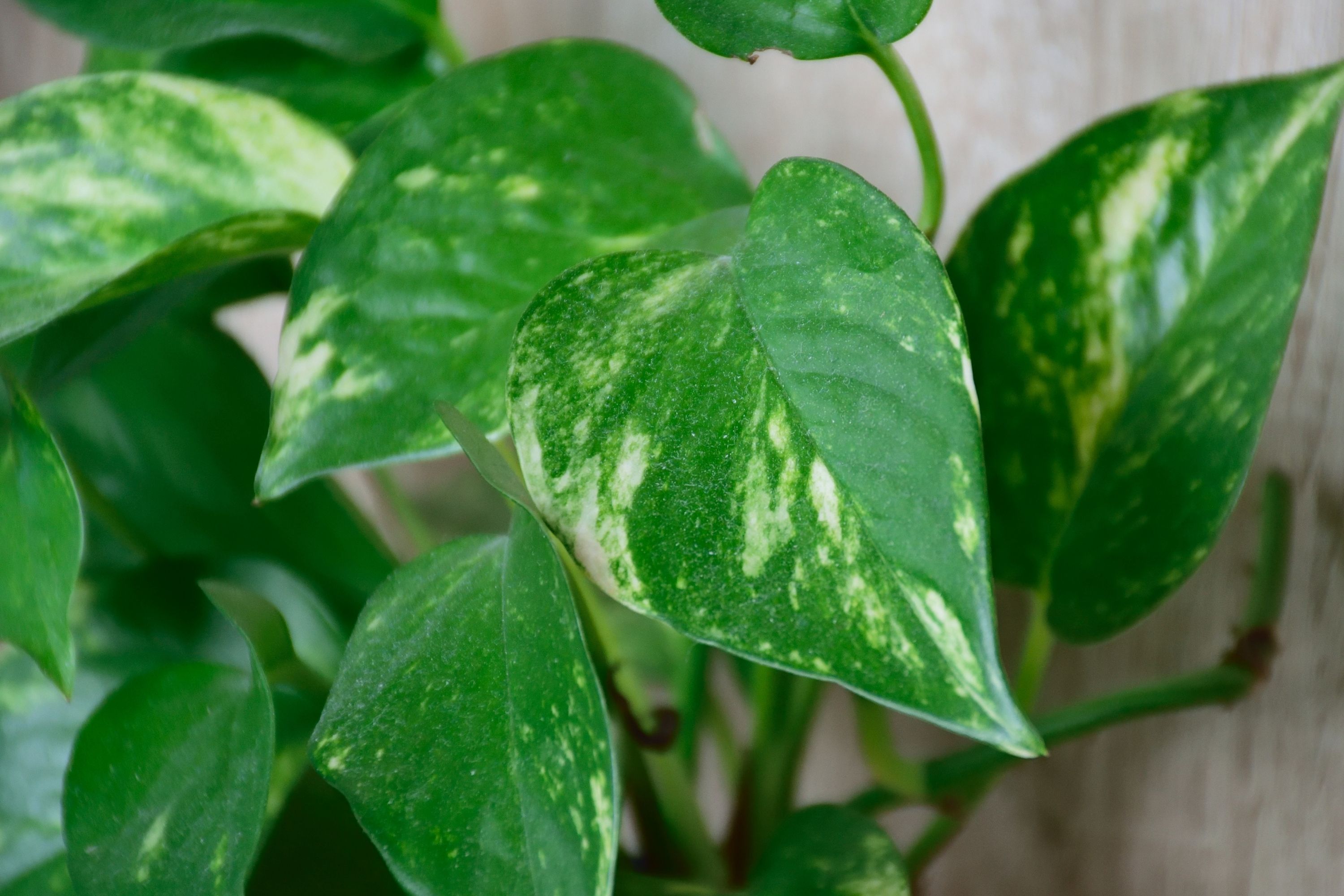Dragon Tail plant
(Epipremnum pinnatum)

Description
Epipremnum pinnatum, also known as the Dragon Tail plant or the Dragon Tail vine, is a popular tropical plant known for its unique foliage and easy care requirements. This plant is native to Southeast Asia and belongs to the Araceae family, which includes other popular houseplants such as the Monstera deliciosa and the Philodendron. In this article, we will explore the various aspects of the Epipremnum pinnatum, including its description, habitat, care requirements, propagation methods, and common pests and diseases. Description: Epipremnum pinnatum is an evergreen plant that can grow up to 20 feet long in its natural habitat. Its leaves are elongated and oval-shaped, with a pointed tip and wavy margins. The leaves can grow up to 12 inches long and 4 inches wide and have a glossy texture. The plant's stem is green and can become woody as it ages, producing aerial roots that help it cling to trees and other structures in its natural habitat. The plant's flowers are small and insignificant and are typically only produced on mature plants. Habitat: Epipremnum pinnatum is native to Southeast Asia, including countries such as Indonesia, Malaysia, and Thailand. In its natural habitat, the plant grows as an epiphyte, which means it attaches itself to other plants or structures and derives its nutrients and moisture from the air and rain. It can also grow as a terrestrial plant in the understory of forests. The plant thrives in warm, humid environments and prefers indirect light or partial shade. In its natural habitat, the Dragon Tail plant can be found growing in the tropical rainforests and along riverbanks. Care Requirements: Epipremnum pinnatum is a relatively easy plant to care for and is suitable for beginners. The plant prefers well-draining soil that is rich in organic matter and can be grown in a variety of containers, including hanging baskets and trellises. The plant should be watered regularly, but care should be taken not to overwater as this can lead to root rot. The plant prefers a humid environment and can benefit from occasional misting. The Dragon Tail plant prefers indirect light or partial shade and can be grown indoors in bright, indirect light. Propagation: Epipremnum pinnatum can be propagated by stem cuttings or by dividing mature plants. Stem cuttings should be taken from healthy, mature plants and should be approximately 4-6 inches long. The cuttings should be planted in well-draining soil and kept in a warm, humid environment until they establish roots. Division should be done in the spring when the plant is actively growing. The mature plant can be divided into several smaller plants, each with its own root system. Pests and Diseases: Epipremnum pinnatum is generally resistant to pests and diseases, but it can be susceptible to mealybugs and spider mites. Mealybugs can be identified by the cotton-like substance they leave on the plant, while spider mites cause webbing on the leaves. Both pests can be treated with insecticidal soap or neem oil. The plant can also be susceptible to root rot if overwatered, which can be prevented by ensuring the soil is well-draining. Conclusion: Epipremnum pinnatum is a beautiful and unique plant that is relatively easy to care for and is suitable for beginners. Its unique foliage and climbing habit make it an attractive addition to any plant collection. By following the care guidelines outlined in this article, you can ensure your Dragon Tail plant remains healthy and thriving for years to come.
Taxonomic tree:







